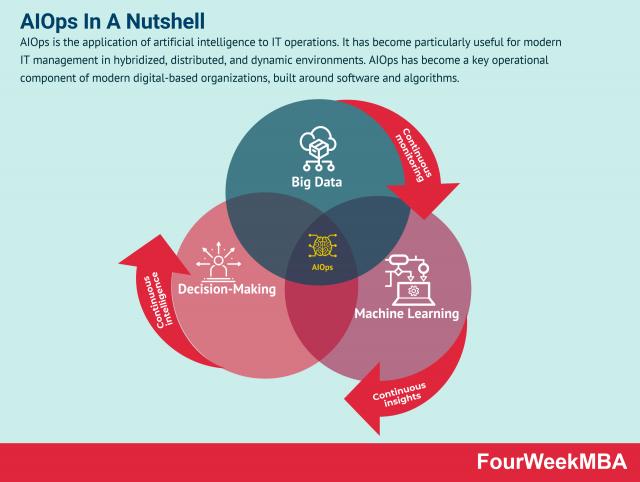The Lamp Stack is a popular open-source web development stack used for building dynamic websites and web applications. In this comprehensive guide, we’ll explore the key components, architecture, benefits, challenges, and real-world applications of the LAMP stack.
Key Components
The LAMP stack is comprised of four key components:
- Linux:
- Linux is the operating system (OS) that serves as the foundation of the LAMP stack.
- It provides the underlying infrastructure and resources necessary for running web servers, managing files, and executing processes.
- Apache:
- Apache is the web server software that handles incoming HTTP requests and serves web pages and content to clients.
- It supports various features, such as virtual hosting, SSL/TLS encryption, URL rewriting, and authentication mechanisms.
- MySQL (or MariaDB):
- MySQL (or MariaDB, a fork of MySQL) is the relational database management system (RDBMS) used for storing and managing structured data.
- It provides support for SQL queries, transactions, indexing, and data replication.
- PHP:
- PHP is the server-side scripting language used for generating dynamic content and interacting with databases.
- It allows developers to embed PHP code within HTML pages and execute server-side logic to generate dynamic web content.
Architecture
The LAMP stack follows a traditional three-tier architecture:
- Presentation Layer:
- The presentation layer consists of the client-side components, such as web browsers, which interact with the web server to request and render web pages.
- Application Layer:
- The application layer runs on the web server and consists of the PHP interpreter, which executes PHP scripts to generate dynamic content and interact with the database.
- Data Layer:
- The data layer includes the MySQL database server, which stores and manages the application’s data.
- PHP scripts communicate with the database server using SQL queries to retrieve, insert, update, and delete data.
Benefits of the LAMP Stack
- Open-Source and Cost-Effective:
- The LAMP stack is built entirely on open-source software, making it freely available for anyone to use and modify.
- This reduces licensing costs and provides access to a vibrant community of developers and contributors.
- Flexibility and Customization:
- The LAMP stack offers flexibility and customization options, allowing developers to tailor the stack to their specific needs and requirements.
- They can choose from various Linux distributions, Apache modules, MySQL configurations, and PHP extensions to optimize performance and functionality.
- Scalability and Performance:
- The LAMP stack is highly scalable and can handle large volumes of traffic and data.
- By leveraging caching mechanisms, load balancing, and database optimization techniques, developers can improve performance and scalability to meet the demands of growing applications.
- Rich Ecosystem and Community Support:
- The LAMP stack benefits from a rich ecosystem of tools, libraries, frameworks, and documentation, supported by a large and active community of developers.
- Developers can leverage existing solutions and best practices to accelerate development and troubleshoot issues effectively.
Challenges and Considerations
- Security Vulnerabilities:
- The LAMP stack is susceptible to security vulnerabilities, especially if not properly configured or maintained.
- Developers need to follow security best practices, such as keeping software up-to-date, implementing secure coding practices, and configuring firewalls and access controls.
- Performance Optimization:
- Optimizing the performance of the LAMP stack requires careful tuning of various components, including the web server, database server, and application code.
- Developers need to monitor performance metrics, identify bottlenecks, and implement optimizations to ensure optimal performance and scalability.
- Maintenance and Support:
- Maintaining and supporting the LAMP stack requires ongoing monitoring, updates, and troubleshooting.
- Developers need to stay abreast of security patches, bug fixes, and updates released by the respective software vendors to ensure the stability and security of the stack.
Real-World Applications
The LAMP stack is used in various industries and domains for a wide range of applications:
- Content Management Systems (CMS):
- Platforms like WordPress, Joomla, and Drupal are built on the LAMP stack and power millions of websites and blogs worldwide.
- They provide a user-friendly interface for managing content, themes, plugins, and user permissions.
- E-commerce Platforms:
- E-commerce platforms like Magento, WooCommerce, and PrestaShop leverage the LAMP stack to build robust and scalable online stores.
- They provide features such as product catalog management, order processing, payment integration, and customer relationship management.
- Web Applications:
- Web applications in various domains, including social networking, education, healthcare, and finance, are developed using the LAMP stack.
- They leverage PHP’s flexibility and MySQL’s scalability to deliver interactive and data-driven experiences to users.
Conclusion
The LAMP stack is a versatile and cost-effective solution for building dynamic websites and web applications. By combining the power of Linux, Apache, MySQL (or MariaDB), and PHP, developers can create robust, scalable, and customizable solutions to meet the demands of modern web development. While there are challenges and considerations to navigate, the benefits of the LAMP stack, including its open-source nature, flexibility, scalability, and rich ecosystem, make it a popular choice for developers and organizations worldwide. With its proven track record and vibrant community support, the LAMP stack continues to play a significant role in shaping the future of web development.
Connected Agile & Lean Frameworks
AIOps
AgileSHIFT
Agile Methodology
Agile Program Management
Agile Project Management
Agile Modeling
Agile Business Analysis
Agile Leadership
Andon System
Bimodal Portfolio Management
Business Innovation Matrix
Business Model Innovation
Constructive Disruption
Continuous Innovation
Design Sprint
Design Thinking
DevOps

